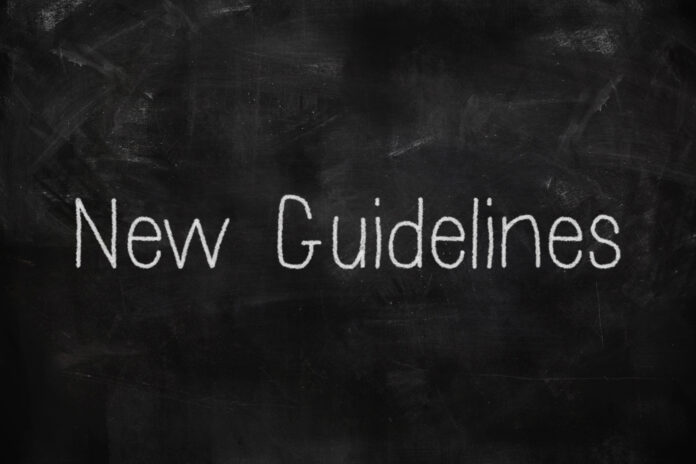The National Football League (NFL) is at the forefront of medical care for athletes, touting one of the most advanced protocols for concussion diagnosis and management in collegiate and professional sports. The NFL’s Head, Neck and Spine Committee first released a formalized protocol in conjunction with the NFL Players Association in 2013. Since its inception, the protocol has been continually amended to provide the best care possible for athletes. The structure relies on the expertise of personnel, built-in redundancies and unbiased participants. To provide this, there has been an ever-expanding number of people who are responsible for the identification, diagnosis and treatment of concussed athletes. Among these are two athletic trainer (AT) spotters (“eyes in the sky” to watch the entire field of play for anyone exhibiting signs of concussion) and three unaffiliated neurotrauma consultants (UNCs). The UNC role was created in 2013 to provide athletes with an independent neurological opinion on the sideline. Neurosurgeons form the bulk of UNCs nationally, with significant participation by neurologists, physiatrists and emergency physicians, as well. At the conception of the program, one UNC was present on each sideline. A third UNC was added later to assist the AT spotters from a higher vantage point. Sideline evaluations are performed collaboratively with the head team physician. The UNC’s primary responsibilities are ensuring the neurologic examination is performed adequately and thoroughly, assisting with video review to identify injury mechanism and any sign of neurologic symptoms, and jointly making the decision of return to play for the athlete. However, final decision making for the diagnosis of concussion and determination of return to play is the responsibility of the head team physician.
In an effort to further refine the program, the NFL recently updated its protocol for evaluation of potentially concussed patients. The most recent changes were initiated due to a previous loophole in the policy regarding the “no-go” criteria. Previous no-go criteria included loss of consciousness, confusion, amnesia and gross motor instability. However, an ambiguity was noted within the definition of gross motor instability such that if the treating physicians deemed the gross motor instability to be the result of an orthopedic injury (i.e., spine or lower extremity), then the no-go symptom was no longer valid, and the athlete could re-enter the game. To account for this ambiguity, the terminology of gross motor instability was removed, and “ataxia” was introduced as a no-go criterion. Ataxia is defined in the protocol as an “abnormality of balance/stability, motor coordination or dysfunctional speech.” As opposed to gross motor instability, any diagnosis of ataxia made during the concussion protocol cannot be reversed and the athlete will not be allowed to return to play. This has been reflected in the NFL’s updated game day checklist (Figure 1).
The NFL’s concussion protocol is constantly evolving and improving. This latest round of changes intends to reduce instances of missed concussion diagnoses. The involvement of the neurosurgical community continues to be critical to this mission of improving the care of athletes.








